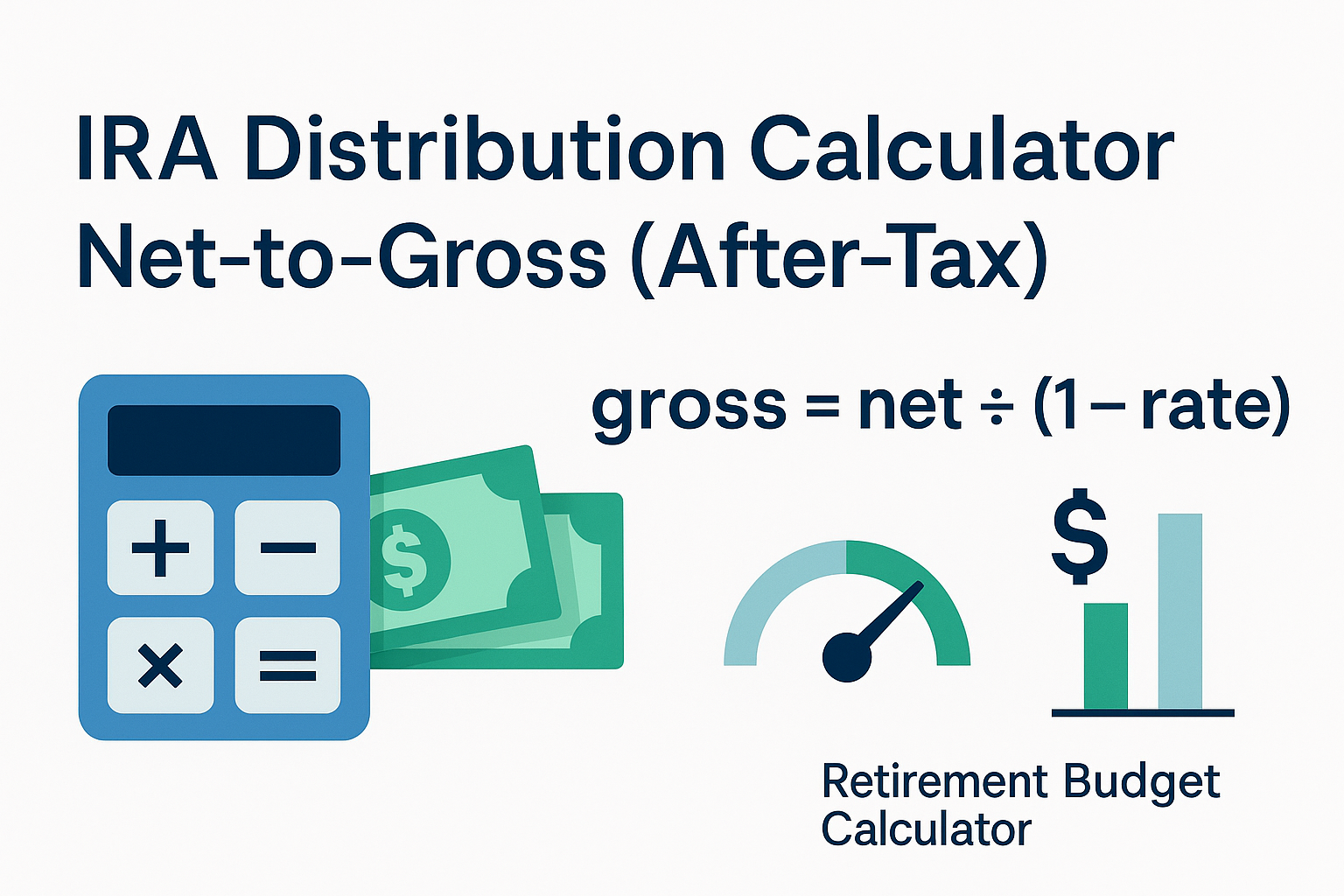
Secure Income Score:
The purpose of the secure income score is to calculate what percentage of your lifetime income is coming from guaranteed sources such as social security & pensions compared to your lifetime of essential expenses. Ideally 80% or more of your essential expenses are covered by guaranteed income. Retirement is an exercise in cash flow. The more secure your income is to cover your basic essential needs, the less you will have to worry about stock market volatility.
This formula sums all of your income starting the year following the second persons retirement to the year following the second persons life expectancy. We then add up all of the essential expenses during the same time period. We calculate the secure income score by dividing your lifetime guaranteed income into your lifetime of essential expenses. For example if your guaranteed lifetime income is $1,000,000 and your essential expenses are $2,000,000 then we divide $1,000,000 / $2,000,000 which equals 50%.
Safe Withdrawal Rate:
The safe withdrawal rate, or commonly known as the 4% withdrawal rule, says that you can withdrawal 4% from your investment portfolio the first year of retirement, followed by cost of living adjustments every year following for a 30 year time period.
This formula looks at your withdrawal percentage the first full year of retirement which is the year following the second persons retirement date. If you were to work a partial year in the year of retirement it could throw off the withdrawal percentage calculation. To account for the fact that most people will not retire on January 1st, we look at the year following the second persons retirement date to try and capture a full twelve months of the withdrawals that are needed from the liquid assets to supplement all expenses.
Incurring a large expense during this time period (purchasing a new car), or having a large asset sale (selling a house), the year after the second person's retirement could result in making this calculation less accurate.
Debt To Asset Ratio:
Retirement is about freedom. Freedom to not have to work and freedom to spend your time as you please. Those who have the least debt have achieved the greatest freedom.
The debt to asset ratio divides your current liabilities into your current assets to determine how much debt you have compared with your total assets. Having zero debt is the ultimate goal. You will want your debt to 20% or less of your total assets before retiring. The formula used is to divide your current debt into your current assets.


